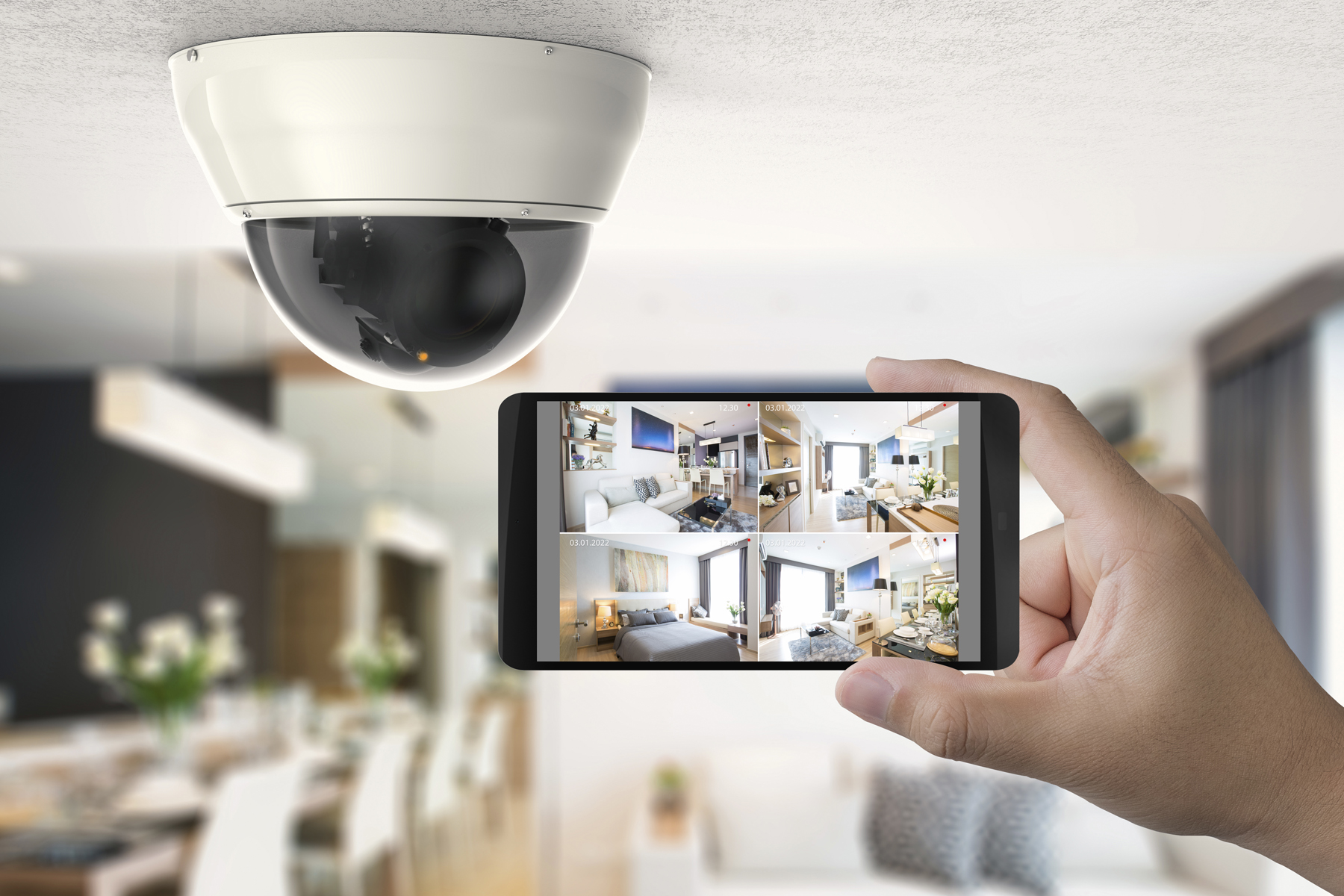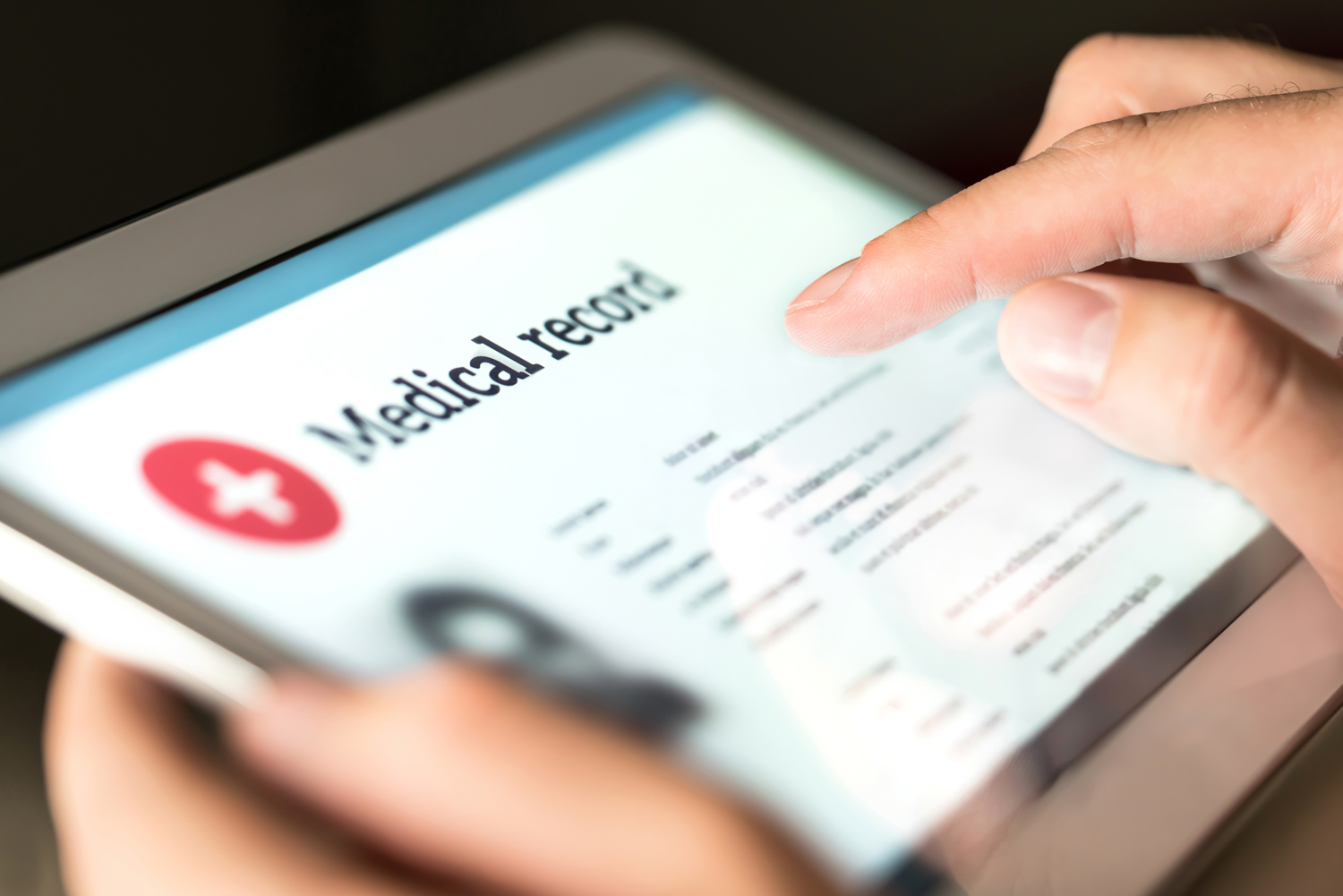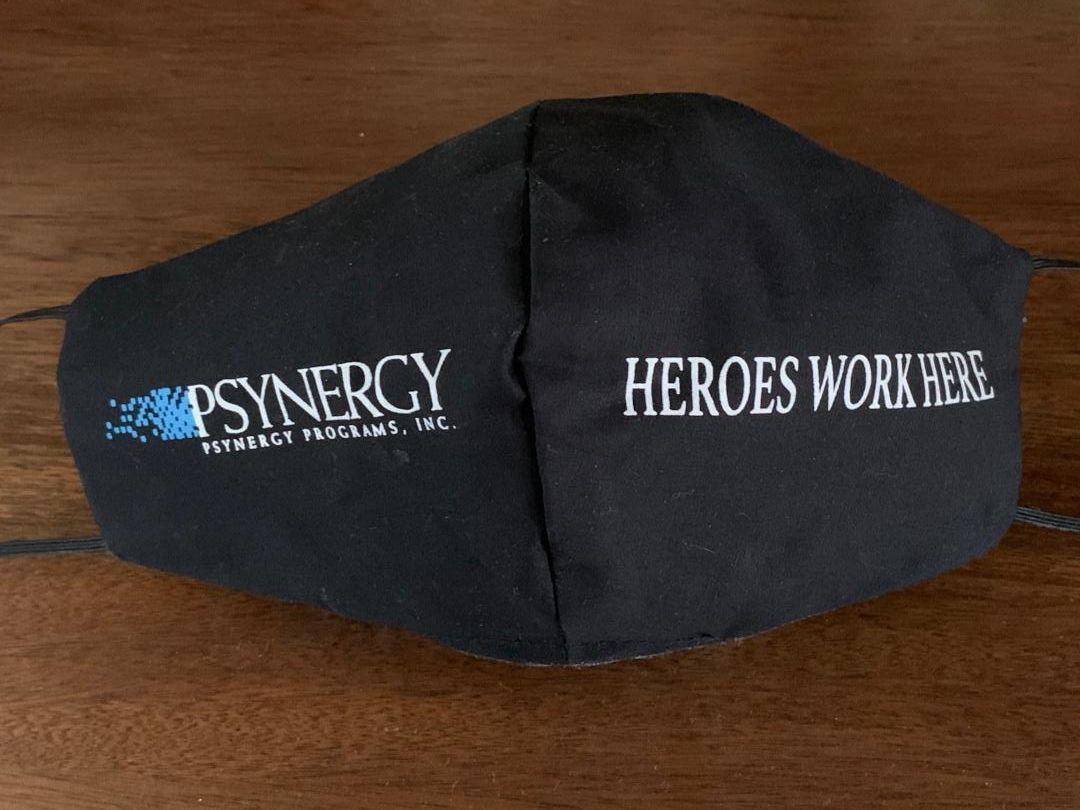Pursuing Residential Safety: The tools are changing.




August 13, 2020 - Keeping residents safe in 2020. The first thing that occurs to most of us is coronavirus, and the challenges of living in the age of COVID-19. But while coronavirus is certainly a threat and pervasively top-of-mind at the moment, the reality is that organizations providing residential care for persons with serious mental illness have much more to think about than the current virus, although it is a grave and complicating factor.
Well into their second decade in business, Psynergy Programs has become known as the “gold standard” of residential care for people with mental illness stepping down from locked facilities in California. According to founding partner Mike Weinstein, providing a safe environment still begins with creativity and compassion for residents, but the tools and implementation are becoming more technical every year.
HIGH TOUCH MEETS ADVANCED TECHNOLOGY
“One implementation that we’re quite proud of is our Help Desk,” says Weinstein. “It’s configured like a concierge service for our clients. A staff member greets all visitors, provides information for clients about activities going on, and logs them out when they leave the facility. When new clients join us, we ask that they not go out into the community without staff support for the first 30 days. It’s part of our orientation, and it prevents their getting lost if they don’t know the neighborhood.”
The Help Desk is staffed during the hours when doors are open for clients to come and go. It is backed by an extensive system of security cameras.
“The cameras enable us to have a quick view of what’s going on in the facility and outdoor areas,” says Weinstein. “We’ve added cameras in the hallways and some of the common areas, and exteriors along the fence lines and gates. The cameras record, and we can look back for 30 days. So if you have someone coming onto the property who shouldn’t be there, or if someone leaves, you can see it on the recording. Also, there’s a real-time view by the property Administrator via a secure mobile app, even if he is at home.”
Weinstein went on to explain that some of Psynergy’s new clients may have experienced drug or alcohol issues in the past, and when coming from locked settings they are at increased risk.
“If a client coming out of a locked setting had previous drug or alcohol issues, it is likely that their abstention there had more to do with the protections afforded by the facility than from intensively working a program that would give them tools to make better decisions,” he says. “Fortunately, once people become stable enough to leave the locked setting and come to us, we have the ability to focus hard on these co-occurring conditions in a one-on-one format. But, since our facilities aren’t locked, we also have to do what we can to discourage clients from interacting with people in the community who could be detrimental to their placement and their recovery. We work to engage with them clinically to get them to change their ways and develop sobriety.”
The cameras and Help Desk protocols also prevent anyone outside from preying on a vulnerable population. The system has been in use for three years at Nueva Vista Sacramento, and is being installed at all expansion facilities nearby, including Vista de Robles and Vista Esperanza.
MONITORING INTERACTIONS TO ENHANCE SAFETY
According to Lynda Kaufmann, Psynergy’s director of government and public affairs, the company’s implementation of safety and security technology also helps improve the lives of residents on a daily basis.
“It’s a proven fact that when clients feel safe it’s more therapeutic,” says Kaufmann. “We’ve always worked on protocols to make people feel safe, and feel heard. If there’s a dispute about something between residents, we can refer to the camera records and show what actually happened. We can see how things are going and how clients are interacting together.”
Psynergy asks clients and staff to depart only through the main entrance, even though the fire code mandates that many additional exits be available. These are always locked from the exterior, but people can actually exit from any door. However, the system alerts management if someone exits through a door that they normally shouldn’t. Building smoke detectors and fire alarms are also monitored on the same system.
KEY FOB SYSTEM ENABLES CONTROLLED ACCESS
Clients and management also benefit from a programmable key fob access system similar to the cards that modern hotels use to key their rooms. It is programmed to let specified staff members through certain doors during pre-established hours. Residents who may have jobs off-property also receive fobs that allow them to come and go. It’s a highly customizable system. For example, if a staffer needs to access the medication room during a certain shift, the fob can be programmed to limit access only to that shift. Administrators can also use the technology to monitor workers on the night shift – if staffer is supposed to be patrolling the property, they can see if the worker is at their desk watching a movie instead. A panel in the front lobby alerts if a door is opened, and Administrators can arm and disarm doors using a secure mobile app.
“It’s a new frontier,” says Weinstein. “Before this technology was available, if someone lost a master key, it was very expensive as we would have to rekey everything. This works more like a hotel system. We can turn old key fobs off, and program a new one at very little cost.”
ENCRYPTION FOR CLIENT PROTECTION
Matt Brown is Psynergy’s manager of systems and technology, and has spent the last five years propelling the organization to a new level of secure operation on many fronts. One of the biggest advances is a custom electronic medical record (EMR) platform written specifically for Psynergy. While HIPAA requires basic 128-bit encryption for a certified electronic medical records system, Brown’s team pushed the envelope considerably further. Each resident’s documentation is protected by 256-bit encryption, the highest level available. The information resides in a cloud-based application tucked behind several layers of security.
“We spent the better part of a year writing this program, specifically tailored to our workload and our clients,” says Brown. “Even if someone were to access our files they would be meaningless because of the level of encryption.”
Lynda Kaufmann agrees that with this technology Psynergy has gone far and above what most other providers do to protect client information.
“We have a Medi-Cal-certified clinic here, and there are procedures we must follow to be in compliance with HIPAA rules regarding private health information,” she says. “We correspond with 29 counties. If we use a client’s name in an encrypted email, we can feel confident that their information is protected.”
MEDICATION SAFETY THROUGH TRACKING
The on-site clinic is one of Psynergy’s most powerful advantages for successful treatment of adults with serious mental illness. It enables clinicians to respond quickly when medication is needed, often preventing episodes from escalating. Recently, Matt Brown’s team unveiled a new safety innovation using an electronic medication administration record (EMAR).
“In the past, facilities kept track of medications using paper records,” says Brown. “Technicians pulled the meds and wrote down what was given. Psynergy’s leadership wanted to automate this process at their properties, so we developed a way to dispense and administer all medications to clients using secure iPads and barcode scanners. Now, we can scan the barcode, confirm the correct medication and dose, and make sure that clients receive all of the meds they are prescribed at the times they need to receive them, while records of the interaction are digitally archived.”
Brown says Psynergy implemented this system about 90 days ago, after working on it for a year and a half. Many of his protocols depend on the virtual private network (VPN) that he built for Psynergy’s operations.
“We realized after speaking with the various counties Psynergy serves that very few providers have put these systems in place,” says Brown. “We are indeed unique in the way we do things, and developing something new that fits into the way Psynergy operates is always an interesting challenge.”
RESPONDING IN THE AGE OF COVID-19
The value of the new VPN was never more apparent than in January of 2020, when the first indications arose of the potential seriousness of the novel coronavirus COVID-19. In a series of highly focused meetings, Psynergy’s team began creating protocols to deal with a threat that was invisible to their security cameras.
The Help Desk became a critical linchpin in monitoring staff, food deliveries and other necessary vendors, logging them in with temperature checks and ensuring face masks and other sanitary measures were followed. Visits from family and case managers were largely curtailed, but the need for secure communication with them was ongoing.
“Using secure iPads, clients were able to communicate through our VPN with family members and case managers and keep telemedicine appointments with their doctors while limiting exposure,” says Brown. “We put together four different platforms for communication, using Facetime, VSee, Zoom and Microsoft Teams, all encrypted by our virtual private network.”
Psynergy had much of this in the works before the virus arrived in California, and when the order to shelter in place was given it was ready to go.
“Technology has given us an effective edge in responding to this pandemic,” says Mike Weinstein. “Finding new ways to do things better is part of our culture at Psynergy, and we routinely invest in all of the tools available to us to keep our clients safe. In the current crisis, we were fortunate because we got such a big head start on the process.”
